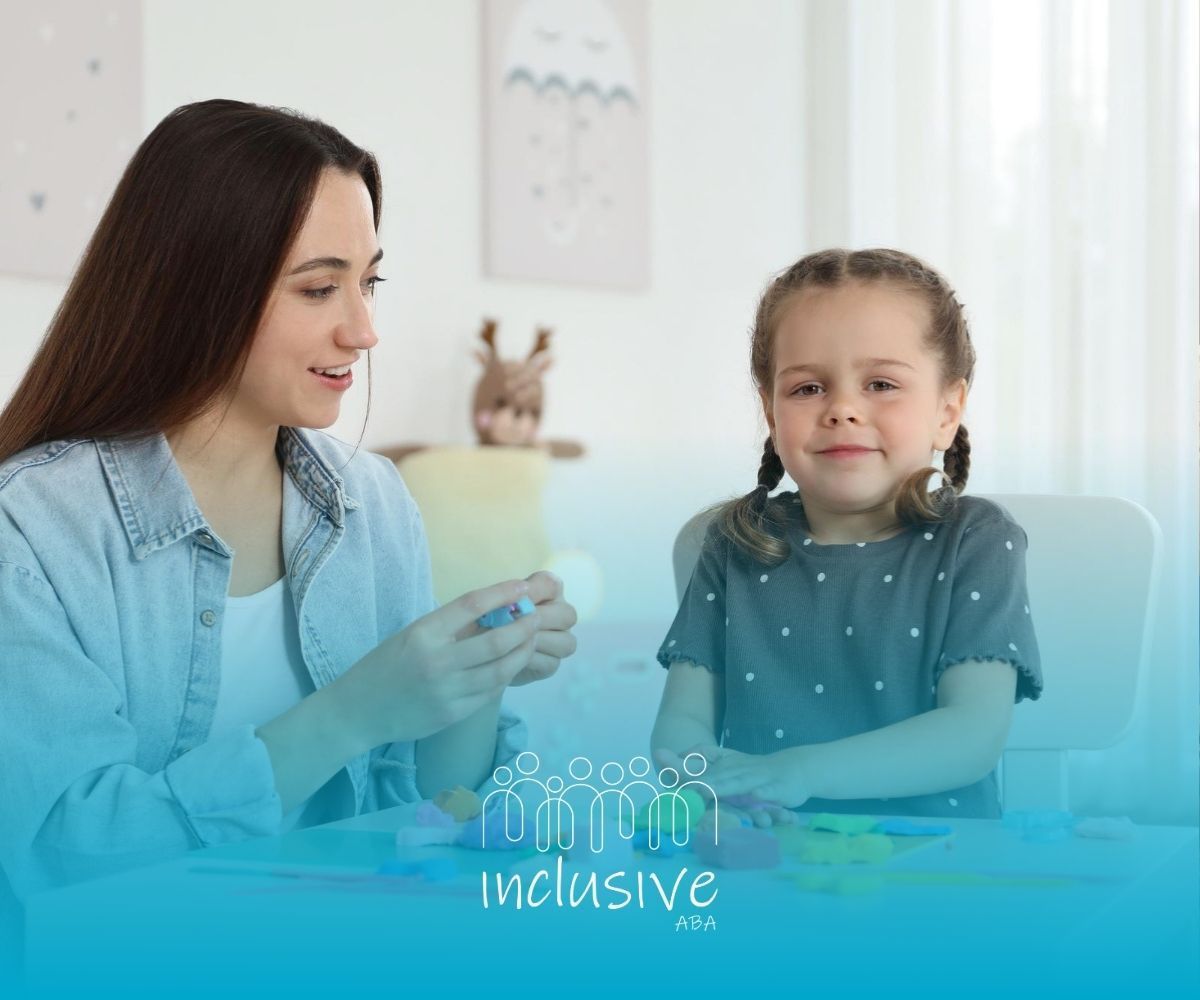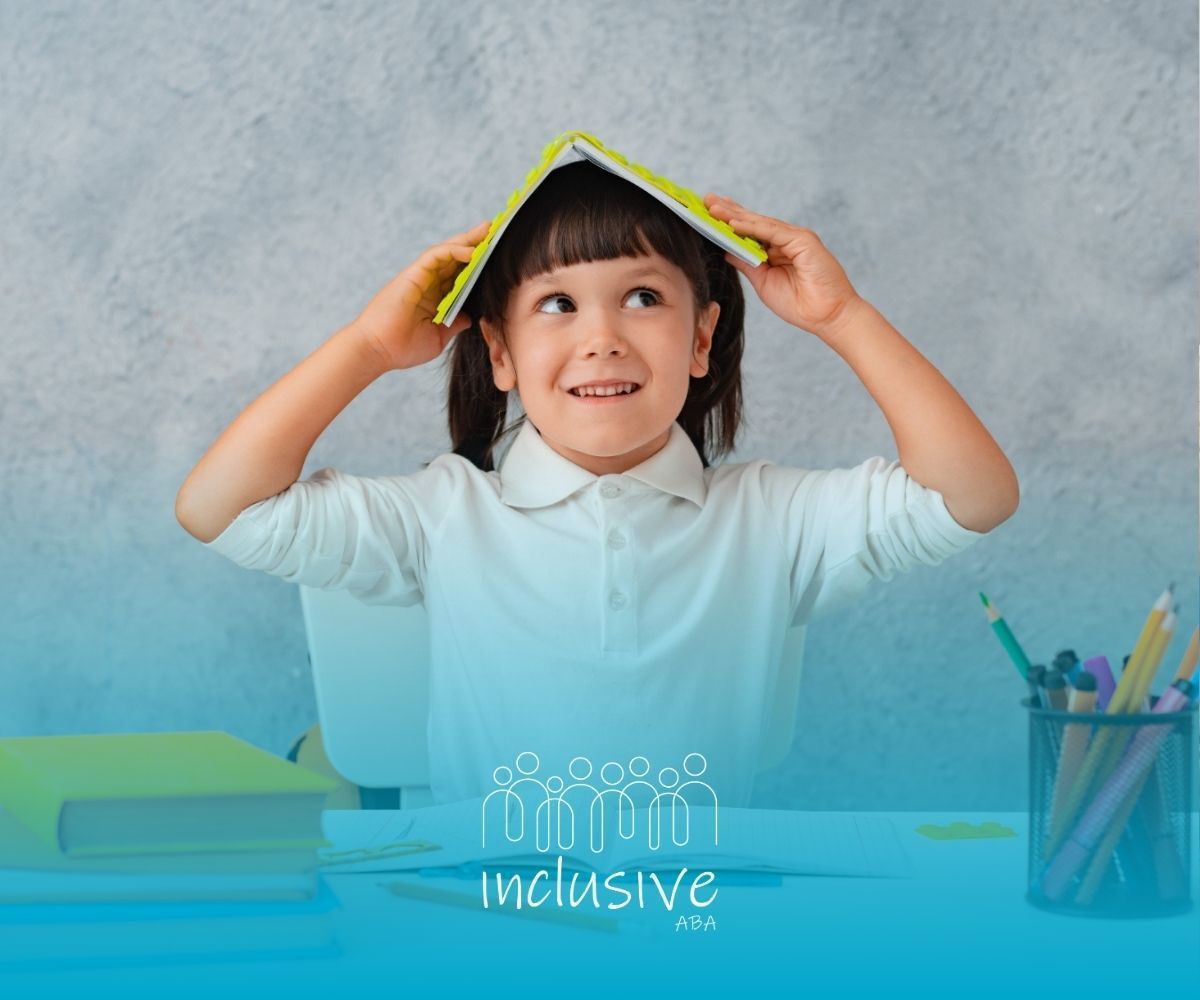
Best Pets for Autistic Children: Benefits and Considerations
Best Pets for Autistic Children
Animals have been known to provide comfort, companionship, and even therapeutic benefits to people across all ages. For children with autism, having a pet can offer even greater benefits, helping to improve social, emotional, and sensory development. From the calming presence of a dog to the sensory interactions with smaller pets like guinea pigs or rabbits, pets can play a significant role in a child’s life.
In this blog, we will explore the positive impact of pets on autistic children, the best types of pets for children with autism, and tips for integrating pets into the home and daily routines. By understanding the advantages of having a pet, you can make an informed decision about whether bringing one into your home could be a valuable tool for supporting your child’s development.
Why Pets Can Be Beneficial for Children with Autism
Before diving into which pets might be best suited for autistic children, it's essential to understand why pets can offer unique benefits. Animals can provide emotional support, companionship, and even practical assistance in specific situations. Here’s why pets can be so impactful:
1. Emotional Support and Comfort
For children with autism, particularly those with social communication challenges or anxiety, pets can provide a calming presence. A pet offers unconditional love and companionship, which can help alleviate feelings of loneliness or isolation. Having a pet to interact with can help children regulate their emotions and experience more positive feelings.
2. Sensory Regulation
Many children with autism experience sensory sensitivities. A pet's physical presence—such as the feel of fur or the sound of purring—can provide sensory input that helps children regulate their emotions and reactions. Some children find it soothing to pet a dog or cat, which can help them focus, calm down, or even process overstimulation.
3. Encouraging Social Interaction
Pets can act as social bridges. For children with autism, initiating and maintaining social interactions can be a challenge. A pet can be a safe and easy way for children to practice communication and social skills without the pressure of human interaction. Over time, the pet may help the child feel more comfortable interacting with others.
4. Routine and Responsibility
Caring for a pet provides children with a structured routine, which can be especially beneficial for children with autism who thrive on consistency. Tasks like feeding the pet, cleaning the pet’s living area, and taking it for walks create a sense of responsibility and accomplishment. These tasks can help children develop organizational skills, follow-through, and independence.
5. Physical Activity and Stimulation
Pets, particularly active ones like dogs, can help encourage physical activity. Children with autism, especially those with lower levels of physical activity or gross motor delays, can benefit from the exercise involved in playing with or walking a dog. Regular physical activity has been shown to improve overall mood, reduce stress, and boost cognitive development.
6. Building Empathy and Compassion
Having a pet allows children to practice empathy and care for another living being. This can be especially valuable for children with autism who may struggle with understanding the needs and emotions of others. Caring for a pet helps children develop an understanding of other living creatures’ emotional and physical needs.
The Best Types of Pets for Children with Autism
When choosing a pet for a child with autism, it’s essential to consider the child’s unique needs, preferences, and sensitivities. While dogs and cats are popular choices, there are other pets that may be a better fit depending on the child’s temperament and requirements. Below are some of the best pets for children with autism:
1. Dogs
Dogs are often considered one of the best pets for children with autism due to their friendly and loyal nature. They provide companionship, promote social interaction, and help with sensory regulation. Many autistic children benefit from the structure that having a dog can offer, as dogs require a regular routine for feeding, walks, and playtime.
- Benefits: Emotional support, sensory regulation, social interaction, physical activity
- Considerations: High maintenance, requires training, may be overwhelming for children with sensory sensitivities to noise or touch
2. Cats
Cats can be a great option for children who may prefer a more independent or low-maintenance pet. Cats often enjoy cuddling and being petted, but they are less demanding than dogs. The soft purring of a cat can be soothing for children, especially those with sensory sensitivities. However, cats also provide a sense of responsibility and routine without being as overwhelming as dogs.
- Benefits: Sensory comfort (purring), emotional support, independence
- Considerations: Less active than dogs, not as socially interactive for some children
3. Guinea Pigs
Guinea pigs are smaller and require less space than dogs or cats, making them an excellent choice for families with limited room. Guinea pigs are gentle, affectionate, and enjoy being handled. Their soft fur and small size make them less intimidating, which is perfect for children who may feel overwhelmed by larger animals.
- Benefits: Calming presence, easy to handle, low-maintenance, interactive without being overwhelming
- Considerations: Requires consistent care, can be sensitive to loud noises
4. Fish
Fish tanks provide a calming and visually stimulating environment. While fish are not interactive in the same way that mammals are, they can still provide sensory engagement through their colors and movements. Fish require little interaction and are relatively low-maintenance, making them an excellent choice for children who may be sensitive to physical contact with pets.
- Benefits: Calming effect, sensory stimulation, low-maintenance
- Considerations: Lack of physical interaction, may require a specific setup for proper tank care
5. Rabbits
Rabbits are gentle and affectionate animals that can make wonderful pets for children with autism. They are social and enjoy being petted, but they are also independent and can entertain themselves. Rabbits are quiet and relatively low-maintenance pets, and they can be a great option for children who benefit from having a small, non-threatening animal to care for.
- Benefits: Low-maintenance, interactive, calming presence
- Considerations: Requires a clean and safe living area, potential for allergies to rabbit fur
6. Birds
Birds, such as parrots or budgies, can be an excellent choice for children with autism who enjoy vocal sounds and colorful environments. While birds require more care than fish, they can provide interactive experiences through talking or playing games. They can also help children develop better communication skills.
- Benefits: Sensory stimulation, potential for verbal communication, entertaining
- Considerations: Can be noisy, requires time to train
Integrating a Pet into Your Child’s Routine
When bringing a pet into the home, it’s important to ensure that the experience is positive for both your child and the pet. Here are some tips to help with the integration process:
1. Establish a Routine
Create a predictable routine for feeding, playing, and caring for the pet. This will help your child feel more comfortable and ensure that the pet’s needs are met consistently.
2. Set Boundaries
Teach your child how to appropriately interact with the pet. Set clear boundaries about when and how to pet, hold, or play with the animal. This is particularly important for pets like dogs, who may need to be trained to handle specific interactions.
3. Be Patient
Introduce the pet gradually, allowing your child time to adjust to the new family member. Be patient as your child builds a bond with the pet, as it may take time for them to become comfortable and confident in their interactions.
4. Supervision
Always supervise interactions between your child and the pet, especially in the beginning. Children with autism may have difficulty understanding how to handle the pet gently, so supervision will help prevent any accidental harm to the animal or your child.
Final Thoughts
At Inclusive ABA, we understand how challenging it can be to support your child’s development in all areas of life. Incorporating pets into your child’s routine can provide numerous benefits, but it’s essential to approach the process with care and consideration. If you're looking for more guidance or strategies to enhance your child’s therapy and support, we are here to help.
Frequently Asked Questions
What are the benefits of having a pet for children with autism?
Pets provide emotional support, help with sensory regulation, encourage social interaction, and establish routines. They also teach responsibility and empathy, offering valuable life skills.
How do I choose the right pet for my child with autism?
Consider your child’s preferences, sensory sensitivities, and comfort level with animals. Dogs and cats are popular choices for their companionship and routine-building benefits, while smaller pets like guinea pigs and rabbits can be less overwhelming.
Are there any risks associated with having a pet for a child with autism?
While pets can offer great benefits, it’s important to ensure the animal is a good match for your child’s needs. Some children may be overwhelmed by the noise or movement of certain animals. Always supervise interactions and ensure proper care for both the child and the pet.
Resources:
- https://www.autismspeaks.org/sensory-issues
- https://www.levelaheadaba.com
- https://educationonline.ku.edu/community/social-difficulties-in-autism-spectrum-disorder
- https://www.autismspeaks.org/expert-opinion/autism-exercise-benefits
- https://pmc.ncbi.nlm.nih.gov/articles/PMC2649842/
Looking for Expert Help? We're Here for You!
Our compassionate and skilled team is devoted to enhancing your child's development through customized ABA therapy. Let us partner with you to create a supportive environment for your child's success.
Discover how we can help your family thrive with expert ABA therapy.
Send a Fax
303-616-1189
Mon-Fri: 9Am to 5.30 Pm
Sat- Sun: Closed












